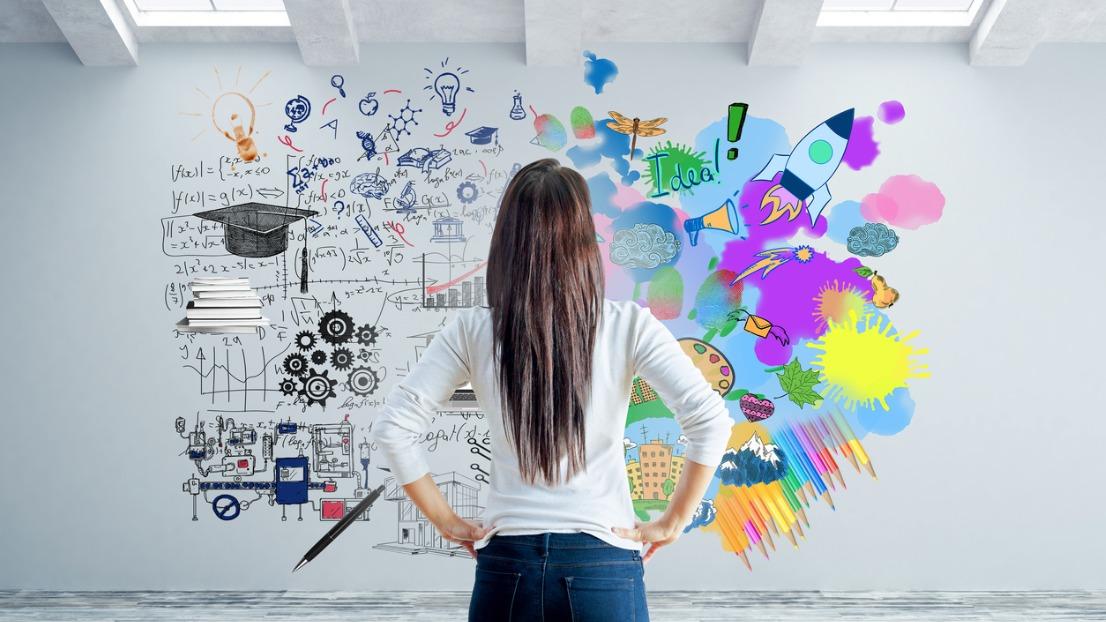In the labyrinthine landscape of the global art market, the interplay of creativity, commerce, and culture generates a complex ecosystem that continuously evolves. From prestigious auction houses to burgeoning online platforms, the art business encompasses a myriad of players, each contributing to its multifaceted dynamics. Understanding the nuances of this realm requires a deep dive into its various facets and intricacies.

The Intersection of Tradition and Innovation
Traditional Galleries: Preserving the Aura of Artistry
Traditional galleries, with their brick-and-mortar establishments, have long been bastions of the art world. These physical spaces offer patrons an immersive experience, allowing them to engage with artworks on a visceral level. The curated ambiance of a gallery, coupled with the expertise of gallerists, imbues the art-viewing process with a sense of reverence and intimacy.
However, in an era marked by technological advancements and shifting consumer behaviors, galleries are compelled to adapt. Many now harness digital platforms to extend their reach beyond geographical constraints, embracing online viewing rooms and virtual exhibitions. This convergence of tradition and innovation underscores the resilience of galleries in an ever-changing landscape.
The Rise of Online Platforms
Democratising Access: Online Auction Houses
The emergence of online auction houses has democratized the art market, dismantling barriers to entry and fostering inclusivity. These platforms provide a global stage for buying and selling artwork, enabling collectors to participate in auctions from the comfort of their homes. The accessibility afforded by online auctions has broadened the pool of prospective buyers, diversifying the demographic makeup of the art-consuming audience.
Yet, amid the convenience and accessibility of online platforms, concerns regarding authenticity and provenance persist. Safeguarding against fraud and ensuring transparency remain paramount, necessitating robust authentication protocols and stringent vetting processes.
Navigating the Terrain of Art Investment
Art as an Alternative Asset Class
In an era of economic uncertainty, art has emerged as an attractive option for investors seeking diversification and hedging against market volatility. As traditional investment avenues fluctuate, the tangibility and cultural capital of art offer a semblance of stability and resilience. The allure of art as an alternative asset class lies in its potential for capital appreciation, as well as its capacity to confer social and cultural capital upon its owners.
However, investing in art requires a nuanced understanding of market trends, artistic movements, and the idiosyncrasies of individual artists. Moreover, navigating the opaque nature of the art market demands diligence and discernment, as investors must contend with factors such as fluctuating demand, shifting tastes, and geopolitical influences.
The Role of Technology in Shaping the Future
Blockchain: Transforming Transactions and Transparency
The integration of blockchain technology has catalyzed a paradigm shift in the art market, revolutionizing the way artworks are bought, sold, and authenticated. By leveraging decentralized ledgers, blockchain ensures immutable records of provenance and ownership, mitigating the risk of fraud and enhancing transparency.
Moreover, blockchain-powered platforms enable fractional ownership and the tokenization of assets, democratizing access to high-value artworks and fostering a more liquid secondary market. The adoption of blockchain not only streamlines transaction processes but also instills trust and confidence in an industry traditionally shrouded in opacity.
Nurturing Emerging Talent: The Role of Art Fairs
Incubators of Creativity and Commerce
Art fairs serve as crucibles of creativity and commerce, offering emerging artists a platform to showcase their work and forge connections within the art ecosystem. These vibrant gatherings attract collectors, curators, and enthusiasts alike, facilitating dialogue and exchange amidst a diverse array of artistic expressions.
For artists, participation in art fairs can catalyze career advancement and exposure, providing invaluable opportunities for networking and professional development. Moreover, the democratization of art consumption inherent in the fair format allows artists to reach new audiences and garner recognition on an international scale.
Conclusion: Navigating the Ever-Evolving Landscape
As the art business continues to evolve in response to technological advancements, shifting consumer preferences, and global socio-economic dynamics, stakeholders must remain vigilant and adaptable. Embracing innovation while upholding the values of authenticity, integrity, and cultural stewardship is paramount in navigating this multifaceted terrain.
In this intricate tapestry of creativity and commerce, each player—from traditional galleries to online platforms, investors to artists—contributes to the rich tapestry of the art world. By fostering dialogue, embracing innovation, and nurturing emerging talent, the art business can chart a course towards a more vibrant, inclusive, and sustainable future.